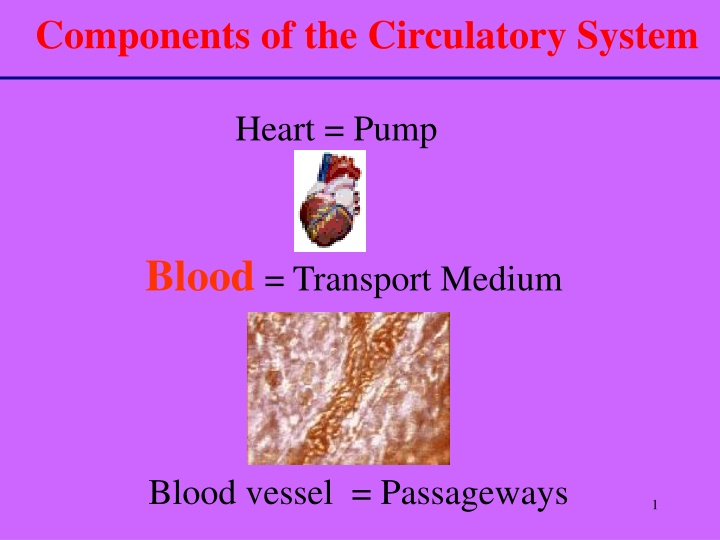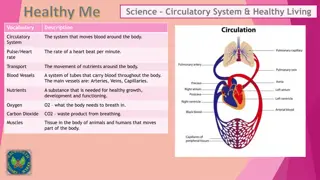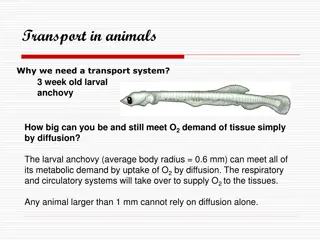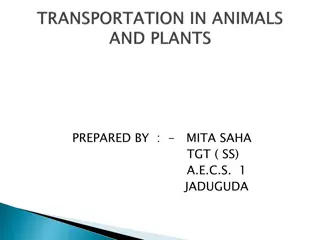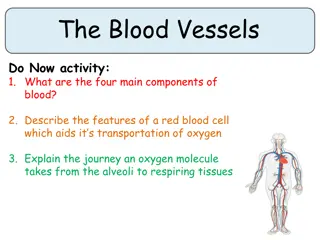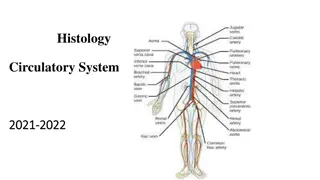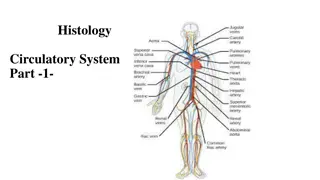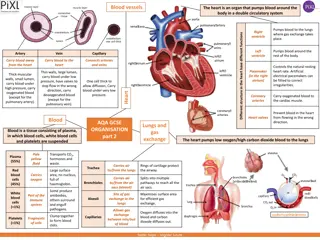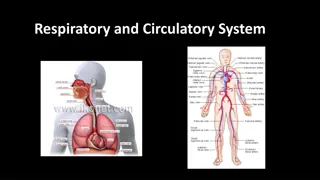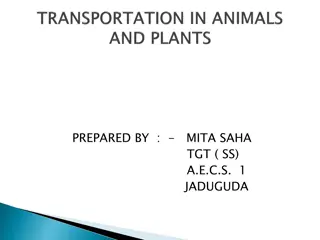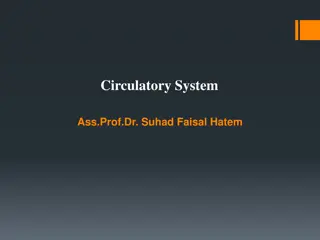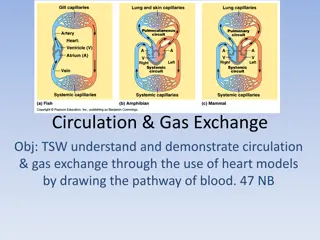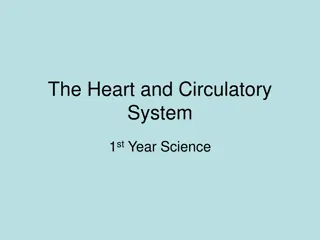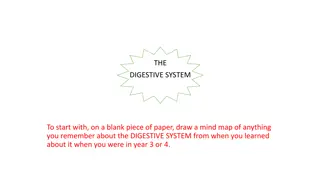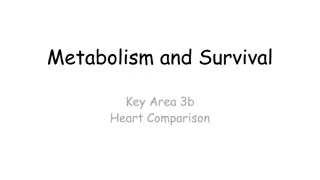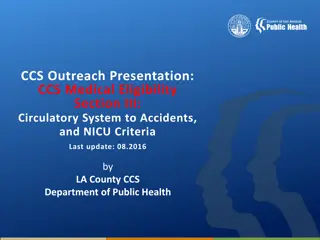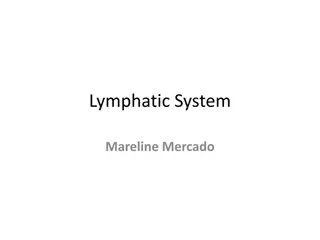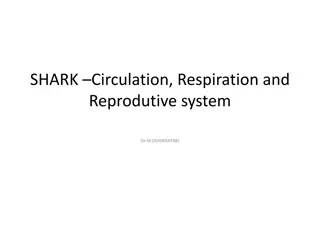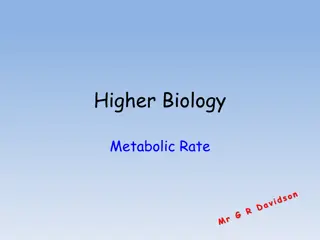Circulatory System: Components and Functions
Learn about the components of the circulatory system, including the heart as a pump, blood as a transport medium, and blood vessels as passageways. Explore the functions of blood, such as transporting nutrients, electrolytes, and hormones, as well as its role in defense, clotting, and maintaining body temperature. Discover the cellular elements of blood like erythrocytes, leukocytes, and platelets, and their vital functions in the body.
Download Presentation

Please find below an Image/Link to download the presentation.
The content on the website is provided AS IS for your information and personal use only. It may not be sold, licensed, or shared on other websites without obtaining consent from the author.If you encounter any issues during the download, it is possible that the publisher has removed the file from their server.
You are allowed to download the files provided on this website for personal or commercial use, subject to the condition that they are used lawfully. All files are the property of their respective owners.
The content on the website is provided AS IS for your information and personal use only. It may not be sold, licensed, or shared on other websites without obtaining consent from the author.
E N D
Presentation Transcript
Components of the Circulatory System Heart = Pump Blood = Transport Medium Blood vessel = Passageways 1
Functions of Blood Transports: Nutrients Electrolytes Defense: Foreign organisms Injury/infection O2 & CO2 Waste Products Clotting process Hormones Body temperature 2
Components of Blood Blood is a mixture of cellular components suspended in plasma: 1. Erythrocytes (RBCs) 2. Leukocytes (WBCs) 3. Thrombocytes (platelets) Total Blood Volume: 8 % of body weight 2.75 / 5.5 liters of blood is plasma (remaining is the cellular portion) 3
Blood vessel White blood cell Red blood cell platelet Plasma 4
Cellular Elements of Blood 1. Red Blood Cells 2. White Blood Cells 3. Platelets 5
1. RBCS (Erythrocytes) Shape - a biconcave disc with large surface area Can change shape No Nucleus / organelles Contains hemoglobin New RBC s (and platelets & leukocytes) are produced in the Bone Marrow Primary Function = Transport oxygen from the lungs to the cells of the body & assist with CO2 removal 6
WBC s RBC s 7
2. White Blood Cells (Leukocytes) Mobile units of body s defense system: Seek and Destroy Functions: 1. Destroy invading microorganisms 2. Destroy abnormal cells (ie: cancer ) Clean up cellular debris (phagocytosis) 3. Assist in injury repair 8
Types of WBCs Granulocytes Agranulocytes Each WBC has a specific function 9
Types of WBCs Polymorphonuclear Granulocytes 1.Neutrophils 2.Eosinophils 3.Basophils 10
1. NEUTROPHILS * 50-70% of all leukocytes (most abundant of WBC s) * Important in inflammatory responses * Phagocytes that engulf bacteria and Debris 11
2. EOSINOPHILS * 1-4% of the WBC's * Attack parasitic worms * Important in allergic reactions 12
3. BASOPHILS * 0.5% of the WBC's * Release histamine and heparin * Important in Allergic Reactions * Heparin helps clear fat from blood 13
Types of WBCs Mononuclear Agranulocytes 4. Monocytes 5. Lymphocytes (B and T cells) 14
4. MONOCYTES * 2-6 % of the WBC's * Exit blood (diapedesis) to become macrophages * Phagocytic = defend against viruses and bacteria 15
5. LYMPHOCYTES * 25-33 % of the WBC's * B-lymphocytes: Produce Antibodies * T-lymphocytes: Directly destroy virus- invaded cells and cancer cells 16
3. Platelets (Thrombocytes) * Cell fragments bound to megakaryocytes * Bud Off and are released into the blood 17
